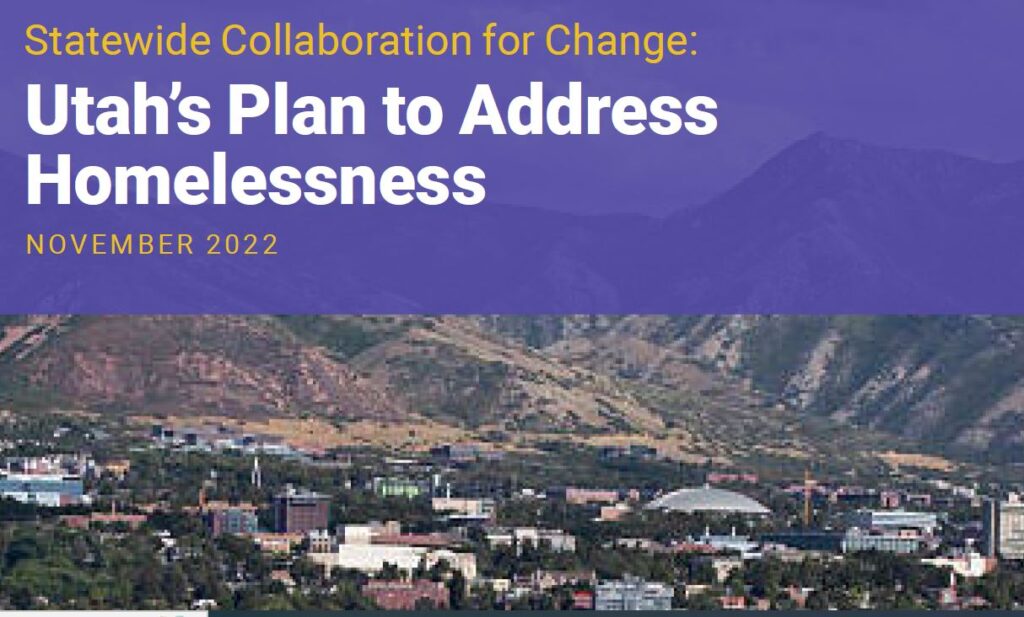Over thousands of years of human history, the Jordan River has been a place of gathering and refuge. It sustains diverse plant and animal life as part of a rich ecological system. From the earliest Indigenous civilizations in this region, to nomadic trappers and explorers, to waves of pioneer settlers and other immigrants, people naturally come to the Jordan River as a place to find sustenance, to rest and to renew. The Jordan River continues to be a place of refuge today for many who recreate in and around the river corridor.
Over the past decade as the population of unsheltered individuals in the greater Wasatch Region has grown, not surprisingly many are seeking refuge near the Jordan River. Our recent community engagement efforts with the Blueprint Jordan River Refresh, and a detailed study of homelessness completed in the past year by University of Utah researchers, noted increasing homeless encampments in some areas of the Jordan River and the often detrimental impacts of this activity.
Camping on the river corridor is not permitted, except in a few specifically designated RV and tent camping locations intended for recreational use. Those experiencing unsheltered homelessness are at great personal environmental risk from extreme heat and cold, wildfires and floods, and are frequent victims of drug predation, sexual assault and other violence, and the loss of personal possessions by theft, law enforcement and public health abatements that often perpetuate the personal, individual crises at the roots of homelessness.
Homeless encampments are damaging long-term efforts to restore ecological integrity to the Jordan River, including denuded wildlife habitat, wildfire damage, noxious weed infestations, and diminished water quality, and can bring elements of drug use, human waste, and excessive litter in the river and surrounding natural lands — areas we want to be a safe, healthy, beautiful and natural environment for people and wildlife.
The Jordan River Commission and many of our partner agencies are working at the forefront of efforts to address homelessness, and have advocated for and supported the establishment of coordinated, statewide leadership over the past two years, coupled with improved local coalitions to implement these efforts.
Just over two weeks ago, the recently formed Utah Homelessness Council and Utah Office of Homeless Services released a draft statewide strategic plan, “Statewide Collaboration for Change: Utah’s Plan to Address Homelessness.” You can find a copy of the plan here:
If you are interested in supporting and guiding actions to address homelessness, please take the opportunity to review this document. Public comments about the plan are requested, and are being collected through January 8, 2023. Use the link below to share your comments, which will become part of the public record and addressed in the final plan:
The Jordan River Commission is committed to working with the Office of Homeless Services, the Utah Homelessness Council, and local councils of governments and service providers to implement the best solutions for housing and supporting unsheltered individuals around the Jordan River and across our communities. Please join us in these efforts by reviewing this plan and bringing attention to strategies that address these critical needs.
For more information, you can find a recording of the most recent Utah Homelessness Council meeting and documents associated with this strategic plan on the public notice website, or visit the Utah Office of Homeless Services.
As a community, we must continue working and supporting efforts to address mental and behavioral health, housing availability, unemployment, domestic violence, and the diverse root causes that result in homelessness, and strive to make homelessness rare, brief and non-recurring.
Yours in this work,
Soren Simonsen, Executive Director
Jordan River Commission


